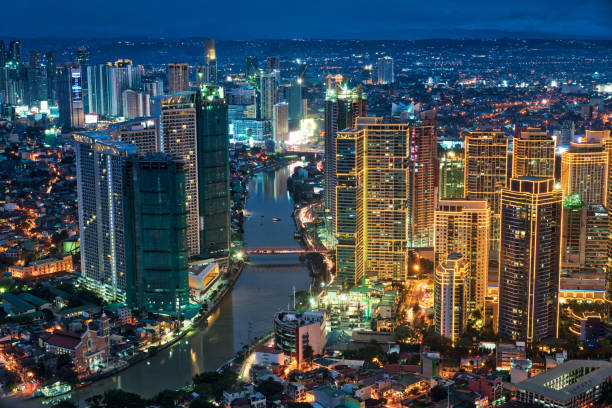The devastating wildfire that tore through Maui’s historic town of Lahaina in August has claimed its final known victim. The victim, Lydia Coloma, a 70-year-old Filipino woman, was identified by Maui police based on the location where her remains were found. Tragically, Coloma’s husband, sister, brother-in-law, niece, and nephew also lost their lives in the fire.
Tina Acosta, Coloma’s sister-in-law, shared that Coloma hailed from the Ilocos Sur province in the Philippines. Acosta expressed her confusion as to why the identification process took so long, stating, “We were waiting.”
Identifying the victims of this devastating wildfire has been a challenging and time-consuming task. Forensic experts and cadaver dogs had to meticulously search through ash in search of bodies that may have been cremated. Additionally, authorities collected DNA samples from family members to aid in the identification process.
In September, DNA testing allowed officials to revise the death toll from 115 to at least 97. However, the number of victims rose slightly over the following month as some succumbed to their injuries or as additional remains were discovered. The Maui Police Department reports that the number of individuals still unaccounted for has significantly decreased, with only three people remaining on the list.
The victims of this tragic event ranged in age from 7 to 97. Disturbingly, over two-thirds of them were in their 60s or older, according to the Maui police’s list of known victims. Among them were several residents of a low-income senior apartment complex.
Recovery efforts have been underway since last fall when authorities began reopening the burn zone to residents and property owners who lost their homes. However, returning residents have been cautioned against sifting through the ashes due to concerns about toxic dust.
Debris removal from residential lots began this month, with crews carefully wrapping the waste in thick industrial plastic. The Army Corps of Engineers then transports the debris to a temporary storage site south of Lahaina. The cost of the disaster is estimated to be around $5.5 billion, with over 2,000 buildings, primarily homes, destroyed in the blaze.
The wildfire not only devastated Maui but also had significant implications for the entire state of Hawaii. The harrowing accounts of residents caught in the hellscape depict individuals dying in their cars, jumping into the ocean, or desperately attempting to flee to safety.
The cause of the fire is still under investigation. It is suspected that downed power lines ignited dry, invasive grasses, resulting in the inferno. An Associated Press investigation suggests that the answer may lie in an overgrown gully beneath Hawaiian Electric Co. power lines, which harbored smoldering embers from an initial fire that burned in the morning and rekindled in high winds later in the day.
Nearly six months after the wildfire, approximately 5,000 displaced residents continue to live in hotels or other short-term accommodations around Maui. Economists have raised concerns about the future affordability of housing in Lahaina, as rebuilding efforts progress. Without zoning and other changes, housing costs in the already expensive area could become prohibitively high for many.
This tragic wildfire in Maui serves as a somber reminder of the destructive power of nature. As the community continues to heal and rebuild, it is essential to support those affected and work towards implementing measures that will prevent such devastating events in the future.






